Filter by

A Contribution to Active Infrared Laser Spectroscopy for Remote Substance Det…
In this work we present a stand-off, long wave infrared (LWIR) spectroscopy system for remote detection of hazardous substances. The principle is based upon wavelength selective illumination using External Cavity Quantum Cascade Lasers, that are tunable in the LWIR wavelength range from 7.5 - 10 µm, in which most chemical substances exhibit a highly characteristic absorption behaviour.
- Edition
- -
- ISBN/ISSN
- 978-3-7315-0725-3
- Collation
- 189 hlm
- Series Title
- -
- Call Number
- 543.5 JAR c
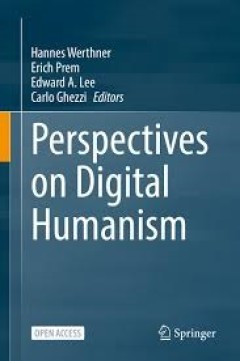
Perspectives on Digital Humanism
- Edition
- -
- ISBN/ISSN
- 978-3-030-86144-5
- Collation
- -
- Series Title
- -
- Call Number
- -
- Edition
- -
- ISBN/ISSN
- 978-3-030-86144-5
- Collation
- -
- Series Title
- -
- Call Number
- -
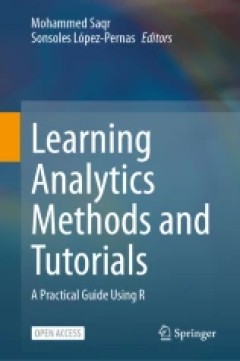
Learning Analytics Methods and Tutorials : A Practical Guide Using R
This open access comprehensive methodological book offers a much-needed answer to the lack of resources and methodological guidance in learning analytics, which has been a problem ever since the field started. The book covers all important quantitative topics in education at large as well as the latest in learning analytics and education data mining. The book also goes deeper into advanced meth…
- Edition
- 1st Edition
- ISBN/ISSN
- 9783031544644
- Collation
- -
- Series Title
- -
- Call Number
- -
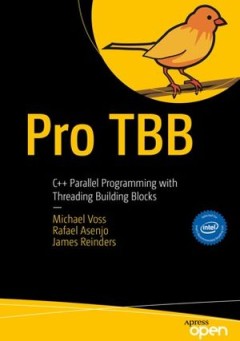
Pro TBB = C++ Parallel Programming with Threading Building Blocks
This open access book is a modern guide for all C++ programmers to learn Threading Building Blocks (TBB). Written by TBB and parallel programming experts, this book reflects their collective decades of experience in developing and teaching parallel programming with TBB, offering their insights in an approachable manner. Throughout the book the authors present numerous examples and best practice…
- Edition
- 1
- ISBN/ISSN
- 9781484243985
- Collation
- LXVI, 754 hlm; ill., lamp.,
- Series Title
- -
- Call Number
- -
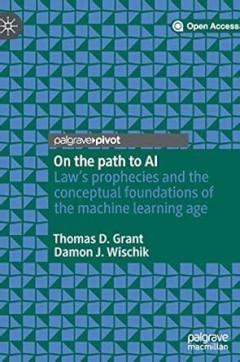
On the path to AI = Law’s prophecies and the conceptual foundations of the …
This open access book explores machine learning and its impact on how we make sense of the world. It does so by bringing together two ‘revolutions’ in a surprising analogy: the revolution of machine learning, which has placed computing on the path to artificial intelligence, and the revolution in thinking about the law that was spurred by Oliver Wendell Holmes Jr in the last two decades of …
- Edition
- 1
- ISBN/ISSN
- 9783030435820
- Collation
- XXII, 147 hlm; ill., lamp.,
- Series Title
- -
- Call Number
- -

Preparing for Life in a Digital World = IEA International Computer and Inform…
This Open Access book summarizes the key findings from the second cycle of IEA’s International Computer and Information Literacy Study (ICILS), conducted in 2018. ICILS seeks to establish how well schools around the globe are responding to the need to provide young people with the necessary digital participatory competencies. Effective use of information and communication technologies (ICT) i…
- Edition
- 1
- ISBN/ISSN
- 9783030387815
- Collation
- XXII, 297 hlm; ill., lamp.,
- Series Title
- -
- Call Number
- -
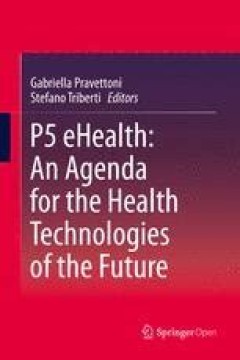
P5 eHealth: An Agenda for the Health Technologies of the Future
This open access volume focuses on the development of a P5 eHealth, or better, a methodological resource for developing the health technologies of the future, based on patients’ personal characteristics and needs as the fundamental guidelines for design. It provides practical guidelines and evidence based examples on how to design, implement, use and elevate new technologies for healthcare to…
- Edition
- 1
- ISBN/ISSN
- 9783030279943
- Collation
- XI, 189 hlm; ill., lamp.,
- Series Title
- -
- Call Number
- -

IEA International Computer and Information Literacy Study 2018 Assessment Fra…
This open access book presents the assessment framework for IEA’s International Computer an Information Literacy Study (ICILS) 2018, which is designed to assess how well students are prepared for study, work and life in a digital world. The study measures international differences in students’ computer and information literacy (CIL): their ability to use computers to investigate, create, pa…
- Edition
- 1
- ISBN/ISSN
- 9783030193898
- Collation
- VII, 74 hlm,: ill, lamp;
- Series Title
- -
- Call Number
- -

Programming Persistent Memory
Beginning and experienced programmers will use this comprehensive guide to persistent memory programming. You will understand how persistent memory brings together several new software/hardware requirements, and offers great promise for better performance and faster application startup times—a huge leap forward in byte-addressable capacity compared with current DRAM offerings. This revolution…
- Edition
- 1
- ISBN/ISSN
- 9781484249321
- Collation
- XXXI, 438 hlm,: ill, lamp;
- Series Title
- -
- Call Number
- -
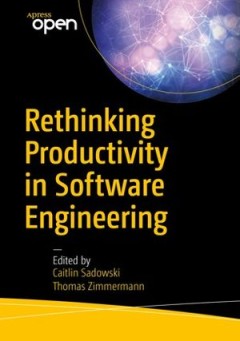
Rethinking Productivity in Software Engineering
Get the most out of this foundational reference and improve the productivity of your software teams. This open access book collects the wisdom of the 2017 "Dagstuhl" seminar on productivity in software engineering, a meeting of community leaders, who came together with the goal of rethinking traditional definitions and measures of productivity. The results of their work, Rethinking Productivity…
- Edition
- -
- ISBN/ISSN
- 9781484242216
- Collation
- XXVIII, 310 hlm,: ill, lamp;
- Series Title
- -
- Call Number
- -
 Computer Science, Information & General Works
Computer Science, Information & General Works  Philosophy & Psychology
Philosophy & Psychology  Religion
Religion  Social Sciences
Social Sciences  Language
Language  Pure Science
Pure Science  Applied Sciences
Applied Sciences  Art & Recreation
Art & Recreation  Literature
Literature  History & Geography
History & Geography